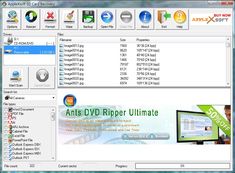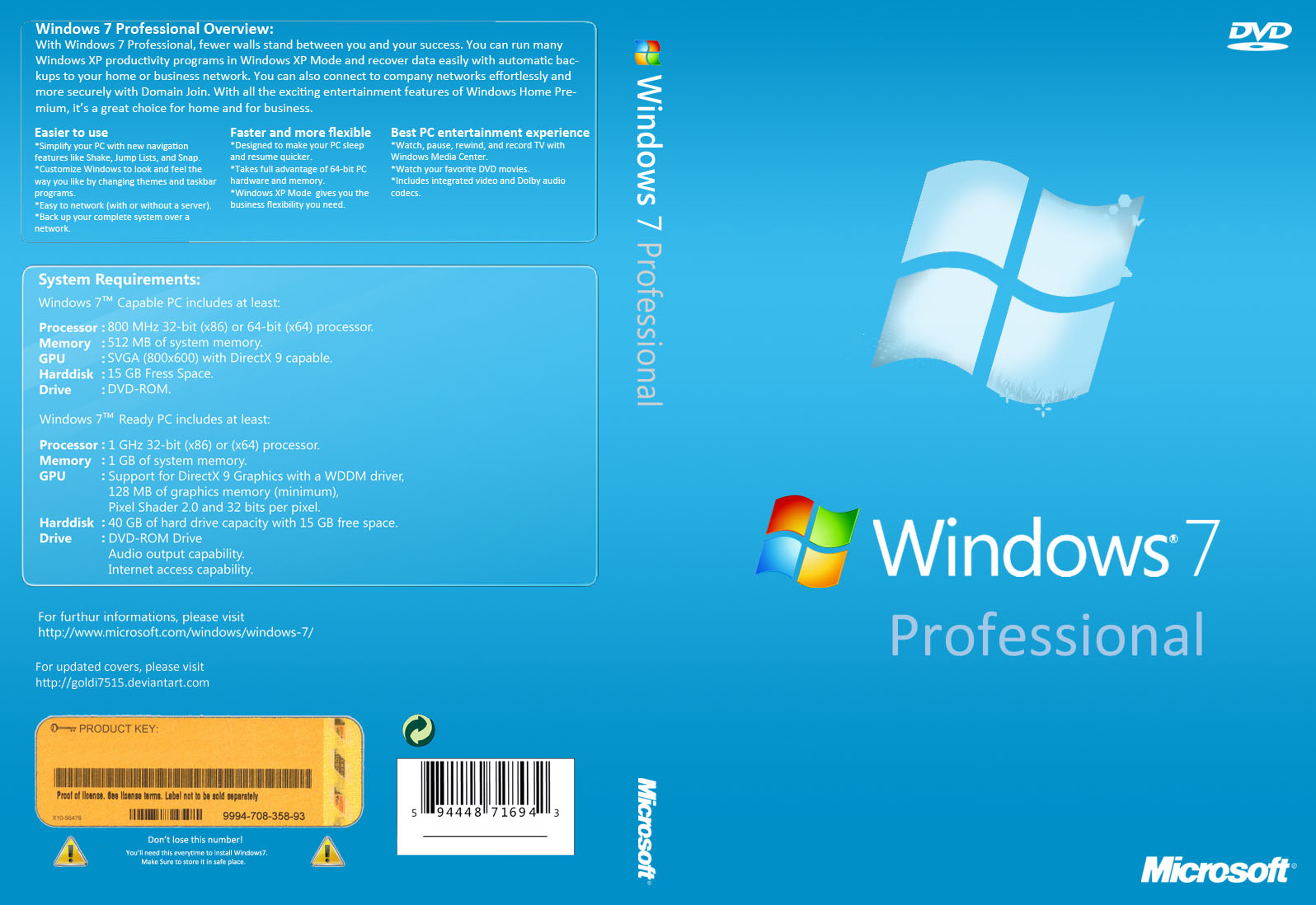

The process for each computer (or motherboard if you're building a gaming PC) will be different. If it doesn't automatically boot to the drive, you'll need to reboot your computer into its BIOS firmware - usually done by pressing Esc, F2, or a similar key while the computer is starting up - and change the boot drive or "bootmenu" to your flash drive. Your PC should boot to the drive, giving you the option to install Windows. Going forward, if you need to install or reinstall Windows, you can connect the drive to your computer and reboot it. When the tool is done, click Finish and remove the USB drive from your computer.

The process should take about 30 minutes, give or take, depending on your internet speed. Go get a drink, take a walk or browse the internet while the tool does its job. Microsoft's tool will take care of the rest from there. I recently built my first gaming PC, and despite my mild comfort level with Terminal, I still found using a Windows computer to be a safer and easier process. It's not a process that I'd recommend for the average user. 5.)īesides an empty 8GB USB drive and a Windows PC, you'll need to set aside about 30 minutes, maybe longer, depending on your internet speed.įor those curious, it's possible to use a Mac to create a Windows 10 boot drive, but the process is fairly involved and requires familiarity with Terminal, the Mac's command-line tool. (You can also create a boot drive for Windows 11, if you're wanting to test out the newest version of Windows before it's released on Oct. And if you're building a gaming PC, this is one of the last things you'll need to finalize your build.

The backup media can save you both time and a headache if you ever need to reinstall Windows. I promise.Ĭreating a Windows 10 bootable USB drive is something you should definitely do if you own a Windows computer. Creating the drive is a task that sounds complicated and something that requires plenty of tech savvy, but in reality, it only takes a few clicks of the mouse and a solid internet connection to complete. The first time I heard the term "bootable USB," I felt a tinge of panic. In addition to common issues to look for, there's another task you should take on - create a bootable USB drive. Troubleshooting an old and slow PC isn't a fun experience, but it's also something you can do on your own at home.


 0 kommentar(er)
0 kommentar(er)
